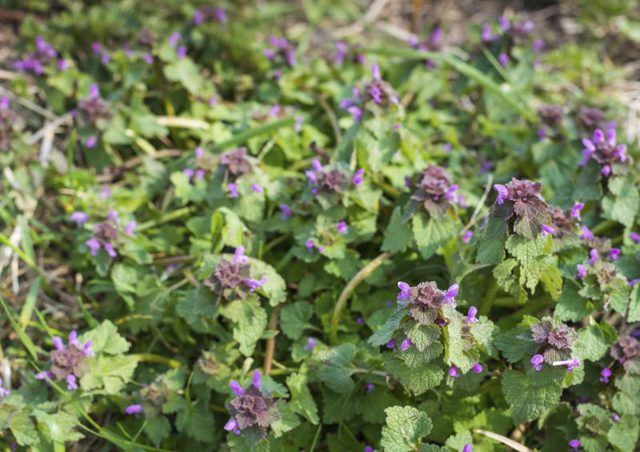Bulbs
Flower Basics
Flower Beds & Specialty Gardens
Flower Garden
Garden Furniture
Garden Gnomes
Garden Seeds
Garden Sheds
Garden Statues
Garden Tools & Supplies
Gardening Basics
Green & Organic
Groundcovers & Vines
Growing Annuals
Growing Basil
Growing Beans
Growing Berries
Growing Blueberries
Growing Cactus
Growing Corn
Growing Cotton
Growing Edibles
Growing Flowers
Growing Garlic
Growing Grapes
Growing Grass
Growing Herbs
Growing Jasmine
Growing Mint
Growing Mushrooms
Orchids
Growing Peanuts
Growing Perennials
Growing Plants
Growing Rosemary
Growing Roses
Growing Strawberries
Growing Sunflowers
Growing Thyme
Growing Tomatoes
Growing Tulips
Growing Vegetables
Herb Basics
Herb Garden
Indoor Growing
Landscaping Basics
Landscaping Patios
Landscaping Plants
Landscaping Shrubs
Landscaping Trees
Landscaping Walks & Pathways
Lawn Basics
Lawn Maintenance
Lawn Mowers
Lawn Ornaments
Lawn Planting
Lawn Tools
Outdoor Growing
Overall Landscape Planning
Pests, Weeds & Problems
Plant Basics
Rock Garden
Rose Garden
Shrubs
Soil
Specialty Gardens
Trees
Vegetable Garden
Yard Maintenance
How to Kill Creeping Charlie Without Weed Killer
How to Kill Creeping Charlie Without Weed Killer. Creeping Charlie (Glechoma hederacea) spreads by creeping underground rhizomes, so it can quickly take over a moist, shady garden bed or lawn. This invasive perennial weed grows in U.S. Department of Agriculture plant hardiness zones 6 through 10. Controlling the weed without chemicals takes effort...

Creeping Charlie (Glechoma hederacea) spreads by creeping underground rhizomes, so it can quickly take over a moist, shady garden bed or lawn. This invasive perennial weed grows in U.S. Department of Agriculture plant hardiness zones 6 through 10. Controlling the weed without chemicals takes effort and time, but it's possible with persistence.
Pull It Out
Pulling up the creeping Charlie regularly and consistently by hand can keep the weed under control, but it may not eradicate it completely. Each stem or root section left in the ground can regrow into a new plant. When pulling creeping Charlie, dig closely around the base of the plant with a dandelion fork or the shaft of a screwdriver to loosen the soil around the roots without breaking them. Pull up as much of the root system as possible. Creeping Charlie has a long, creeping root system so you may need to work slowly and carefully to get it all. Weeding weekly so you pull up new plants as soon as they surface keeps them from forming extensive roots. After weeding, destroy or dispose of the weeds promptly, because any stems left on the ground may root again.
Smother the Problem
Completely smothering the creeping Charlie can destroy both the roots and the top growth so the weed doesn't return. Cover the bed with cardboard sheets, a thick layer of newspaper or a piece of old carpet. Weighing the covering down with rocks or bricks ensures it stays in place so light and moisture don't reach the creeping Charlie. Check under the covering weekly until the creeping Charlie is completely dead, and then pull and rake up the plant debris before reseeding the bed or covering with a more attractive mulch, such as wood chips. Smothering works best in hot, dry weather when the weeds will get little moisture.
A Healthy Lawn
Proper lawn care can help eradicate creeping Charlie in lawn grass. Mowing properly, combined with regular lawn fertilization keeps the grass thick enough so creeping Charlie can't establish. Mow the lawn no shorter than 2 to 3 1/2 inches so the lawn shades out the creeping Charlie so it can't establish. If the grass is thin, overseeding it to thicken the grass can also help kill the creeping Charlie. When mowing over an area that contains creeping Charlie, use a bagging lawnmower. Any clippings left on the lawn can root, spreading the weed over a larger area.
Control Conditions
Creeping Charlie thrives in moist, shady areas. Aerating the lawn with a core aerator to improve drainage can help prevent the weed. Avoid overwatering and allow the soil to dry out between each watering to help suppress creeping Charlie growth. Planting vigorous shade-tolerant plants can provide a natural mulch that crowds out the weed. For example, hostas (Hosta spp.), which grow in USDA zones 3 through 9, can tolerate shade but their large leaves block moisture and sunlight from reaching the creeping Charlie. Thinning out overhanging branches from trees and shrubs also lets more light reach the ground, which can inhibit the growth of creeping Charlie.
Skip the Borax
Borax may seem like a natural method to kill creeping Charlie, but the boron remains active in the soil for many years and can kill any other plant you try to grow in the bed. Although borax is not a registered pesticide, it can help control creeping Charlie but the costs to your desired plants and chemical dangers don't make it a worthwhile or smart alternative. Borax is still dangerous to use around children and pets.